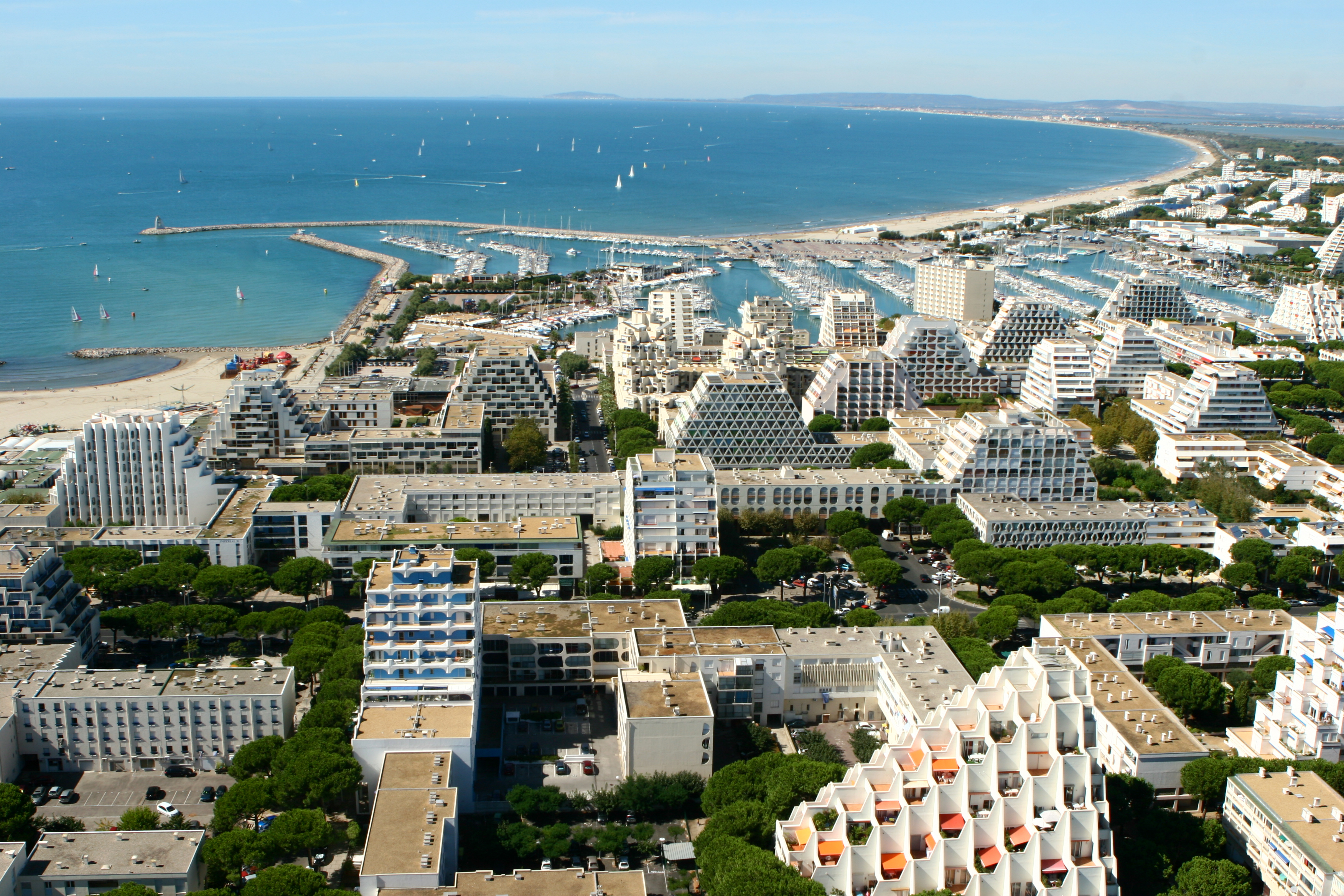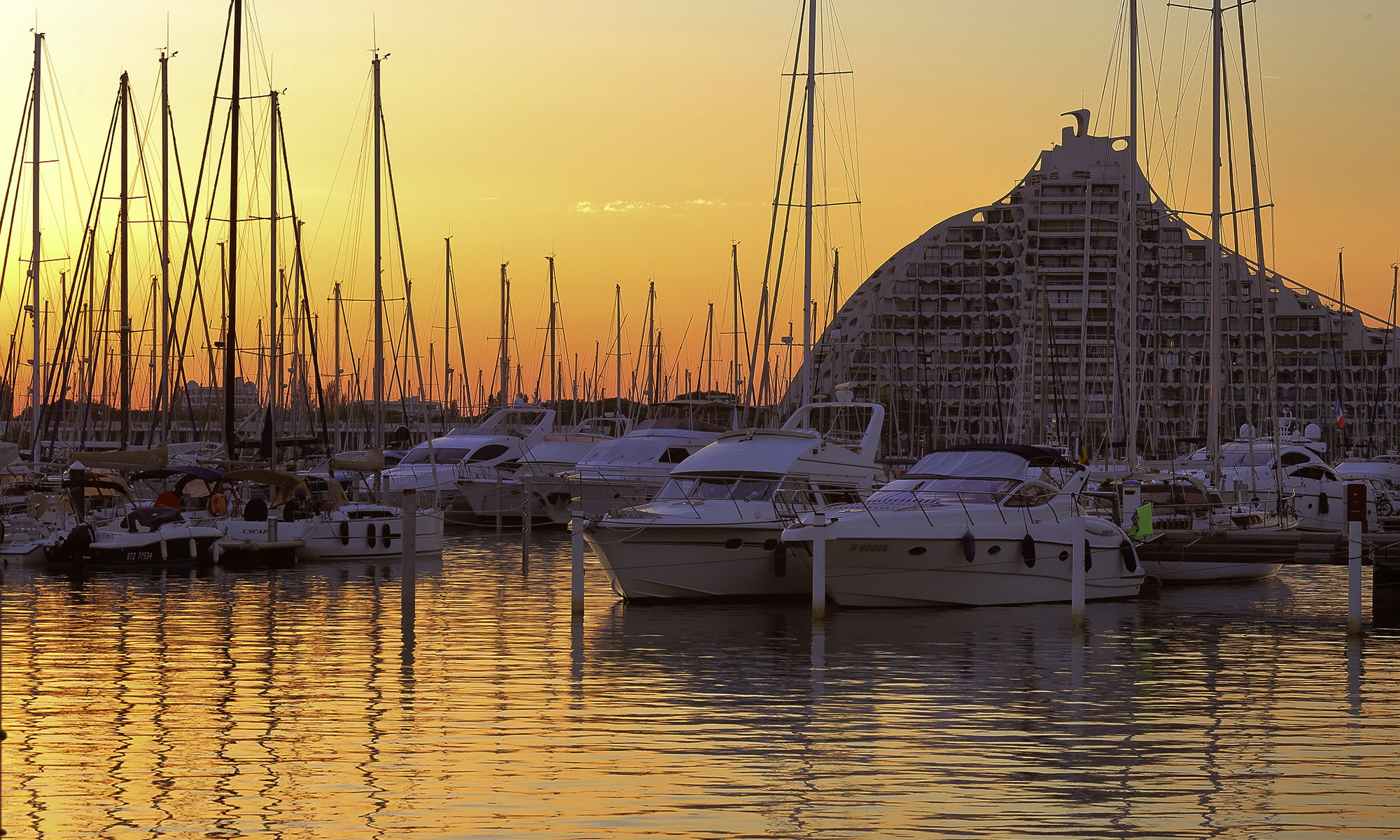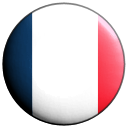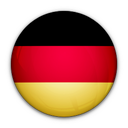0 - La Grande Motte

Back then, La Grande Motte was nothing more than a vast desert of sand, swept by the sea winds. Then, in the 60s, French president General de Gaulle launched an initiative to to develop the Languedoc coastline, "Mission Racine". Jean Balladur (cousin of politician Edouard Balladur but more importantly, architect) was entrusted with the construction of a seaside resort between Carnon and Le Grau du Roi. But the architect had a much greater vision! Giving free rein to his imagination, he created what was to become a city in its own right.
Surrounded by a team of young engineers, architects, technicians and artists, the visionary Jean Balladur designed a city of leisure, a place where life would be pleasant, convenient, easy. La Grande Motte is covered in green spaces and pedestrian zones. Balladur based his ideal town around two neighbourhoods: Le Levant, the "masculine" side, with its imposing pyramids; and Le Couchant, the "feminine" side with its low, rounded buildings. These two contrasting neighbourhoods are set out in architectural harmony, with the same geometrical motifs repeated on the buildings' façades - something the city's become famous for.
This is a place built with poetry and a particular sense of humour. As you walk around, you'll come across surprising sculptures and symbols with hidden meanings for you to decipher. Can you spot De Gaulle's nose on a port building? Will you slow down as you cross the "Escargot" (snail) footbridges?
La Grande Motte is really a tale of pioneers, of passionate visionaries whose somewhat utopian vision made this unique city such a resounding success.
Left-hand photo: Buildings of La Grande Motte © Henri Comte / 1 - GrandePyramide © Olivier Maynard / 2 - Saint Jean footbridge Jacques Sourioux / 3 - Place des 3 Pouvoirs © Olivier Maynard / 4 - Point Zéro © Henri Comte / 5 - The port and the harbour master's office © Jacques Sourioux / 6 - Le Ponant © www.e-com-photos.eu - C.Baudot / 7 - Le Commodore © Régis Mortier Photography / 8 - Le Parador © Régis Mortier Photography / 9 - Place des Anciens d'Indochine © Régis Mortier Photography / 10 - Lampadophores footbridge © Olivier Maynard / 11 - Eglise Saint-Augustin © Olivier Maynard
Discover the other points of interest by clicking on their image :




